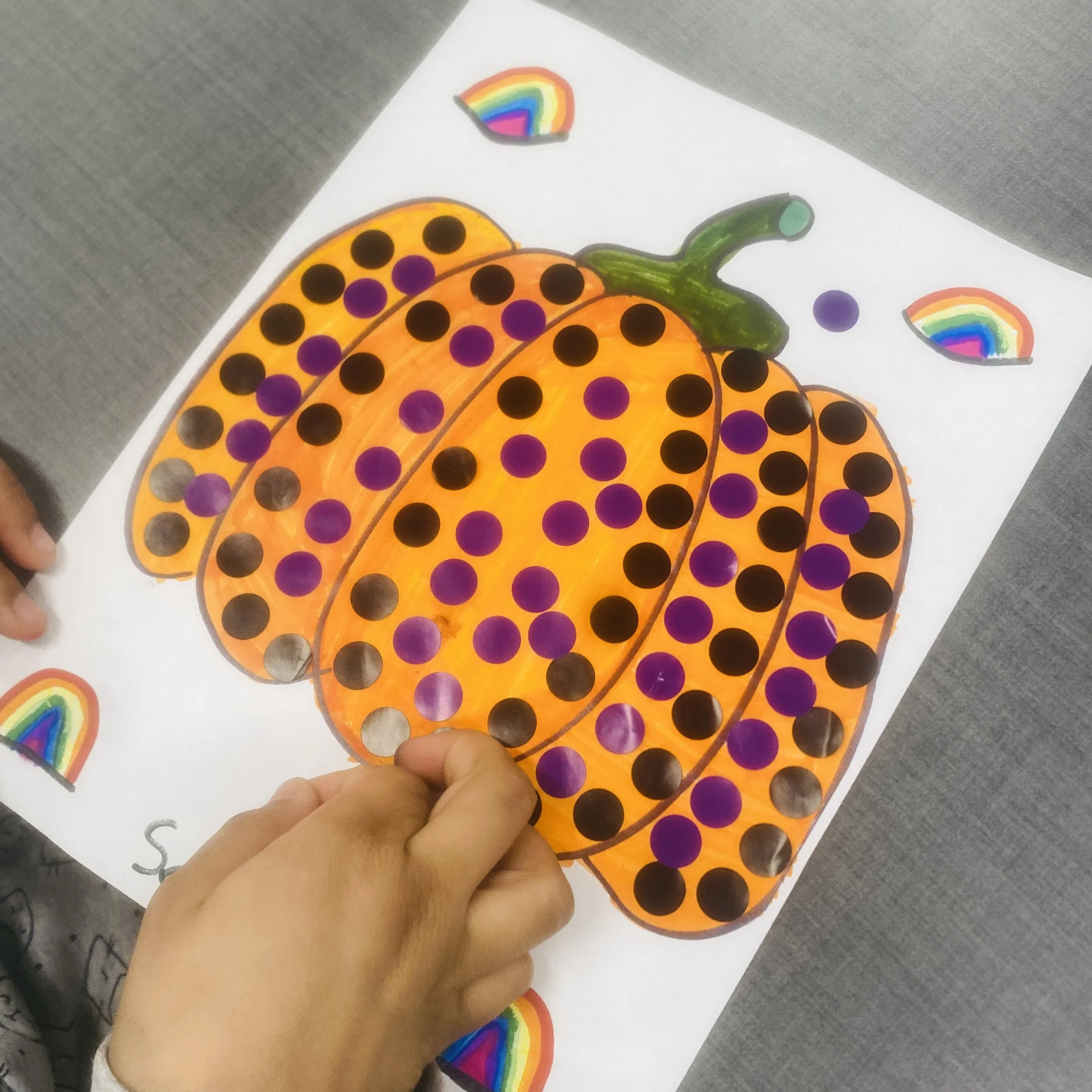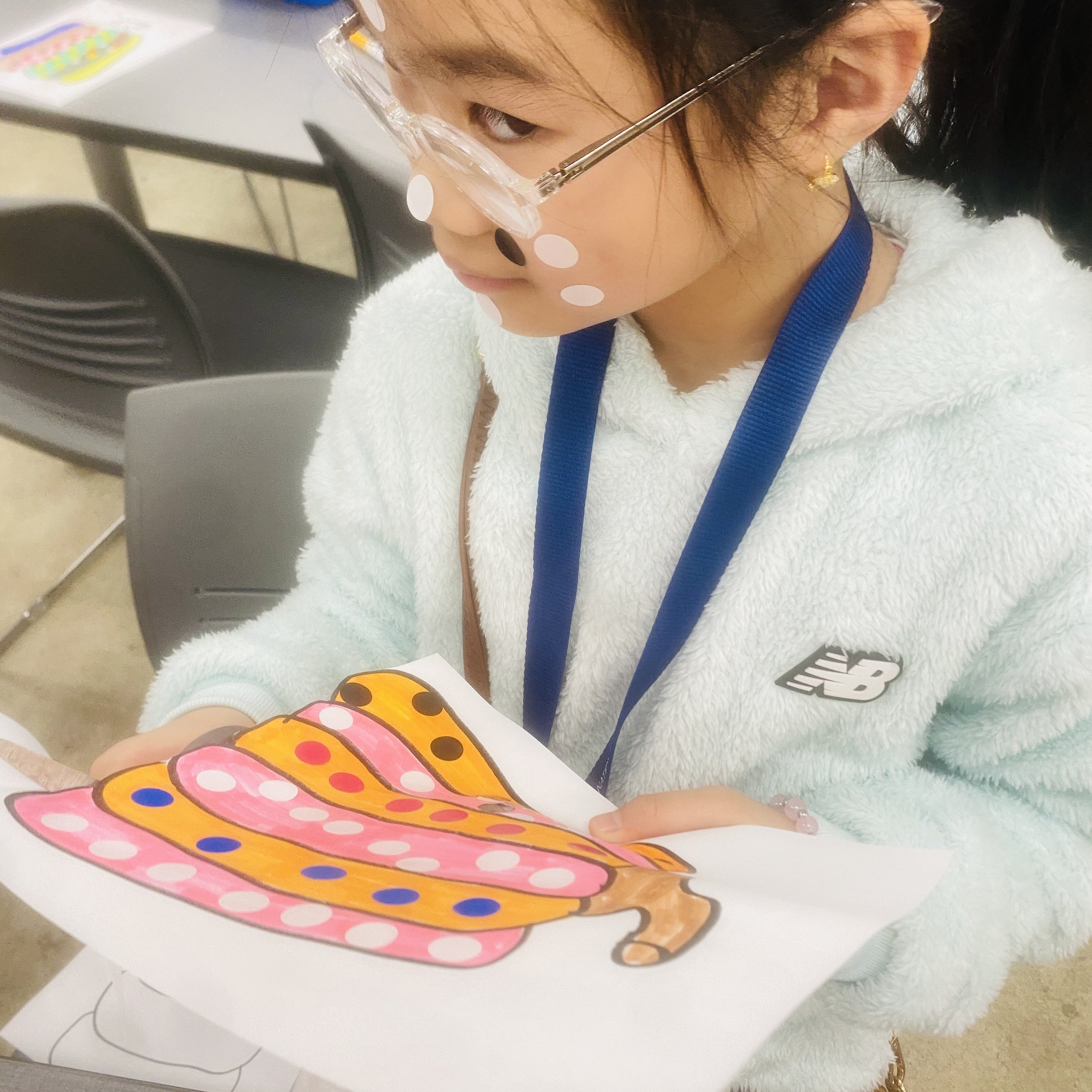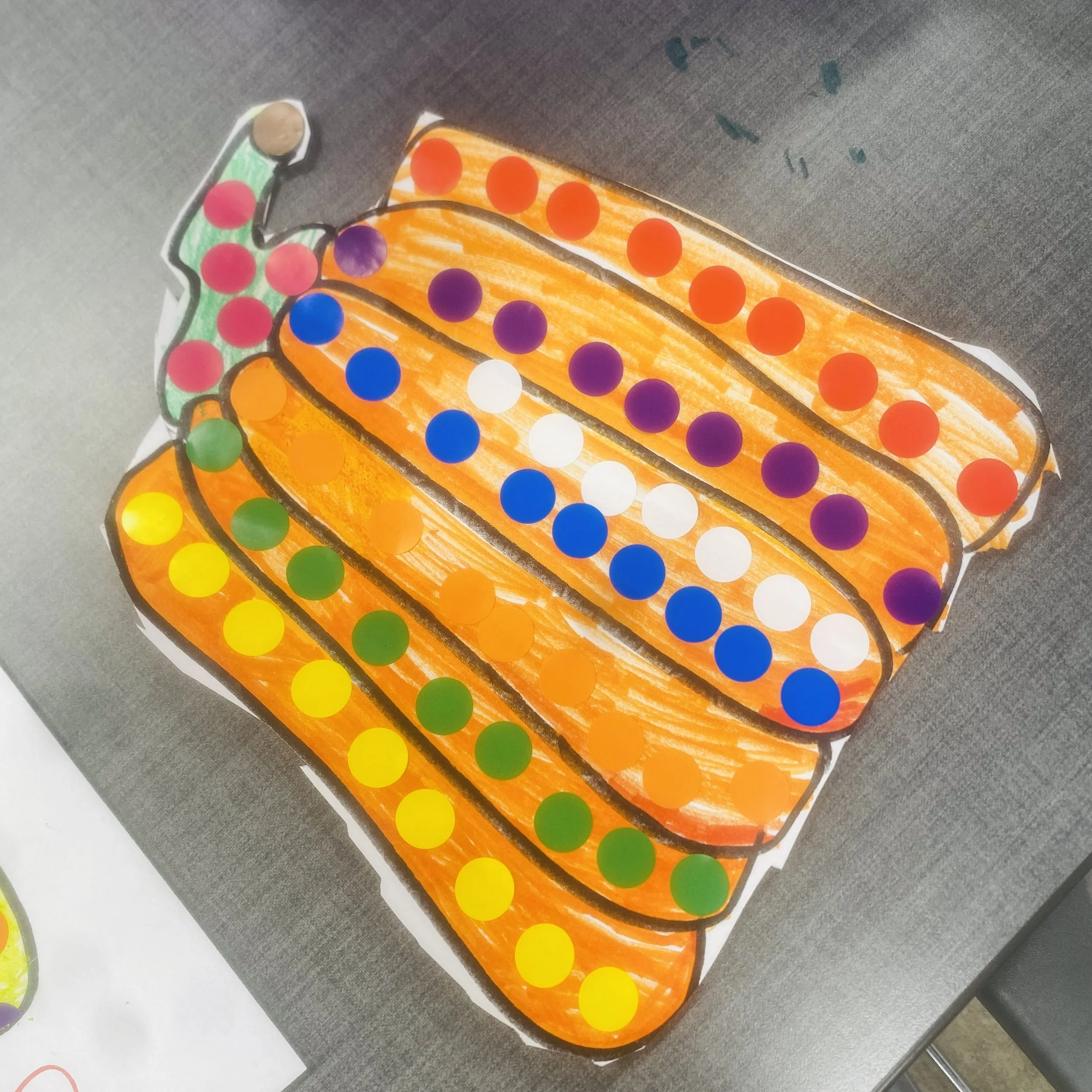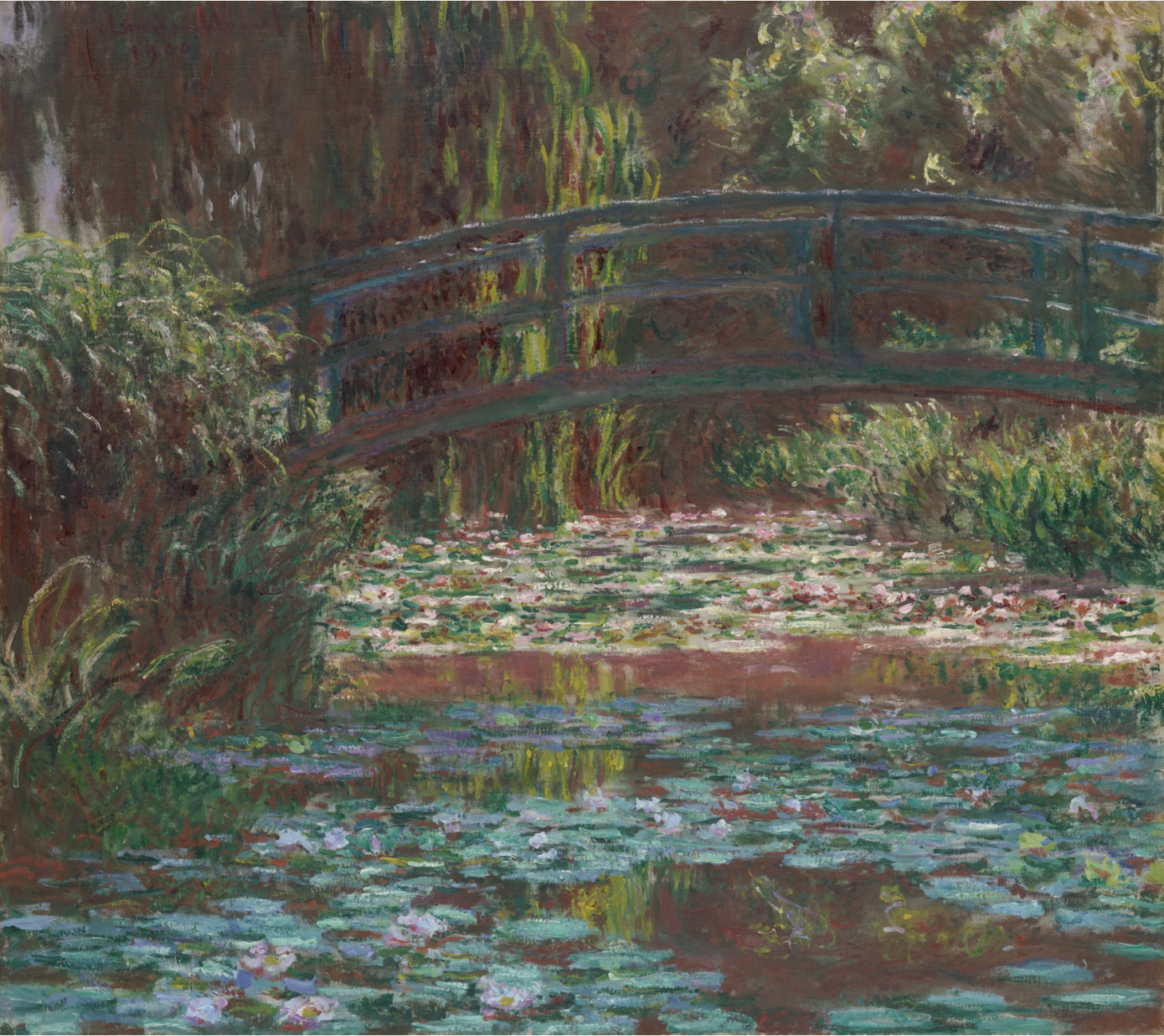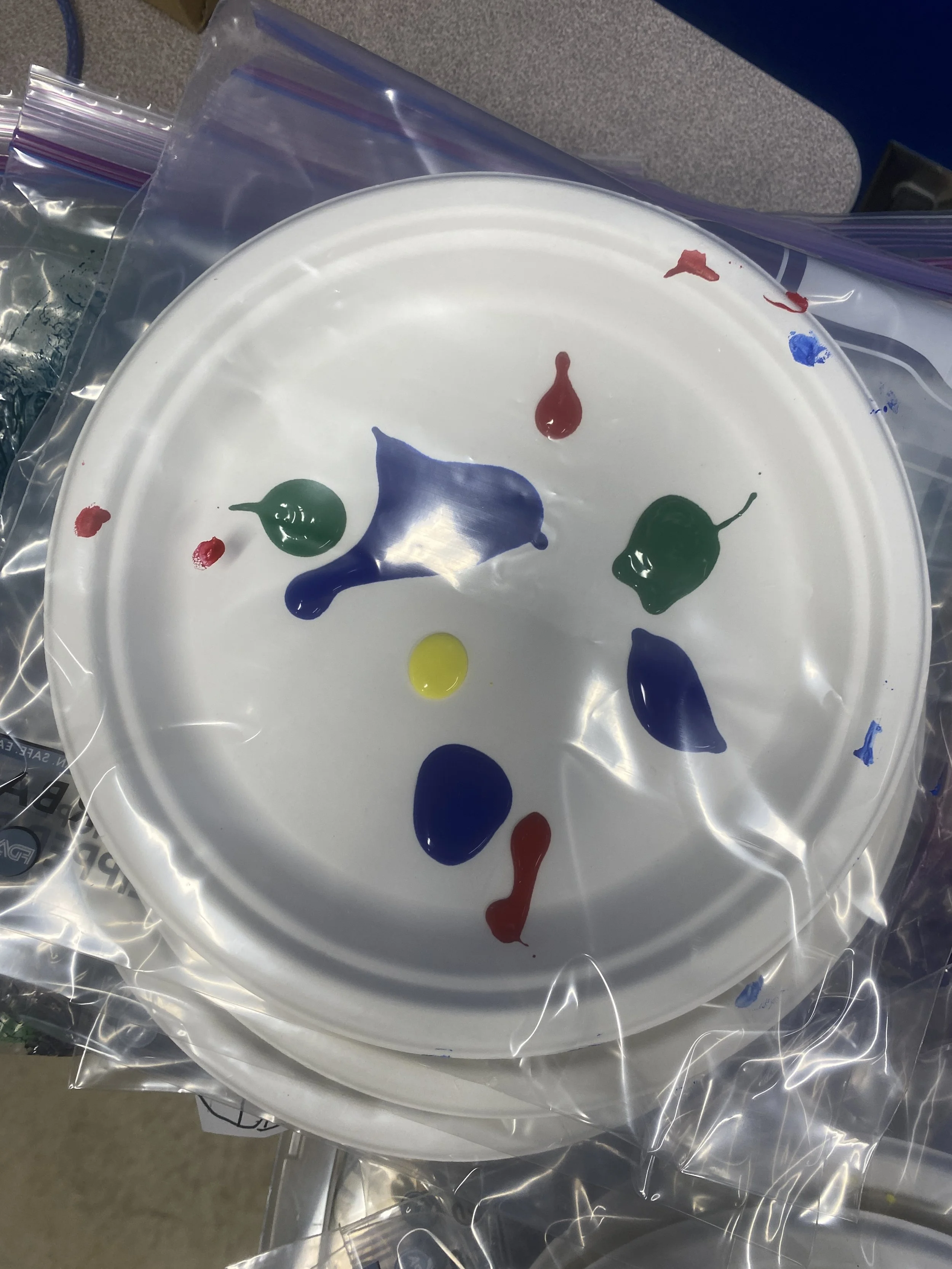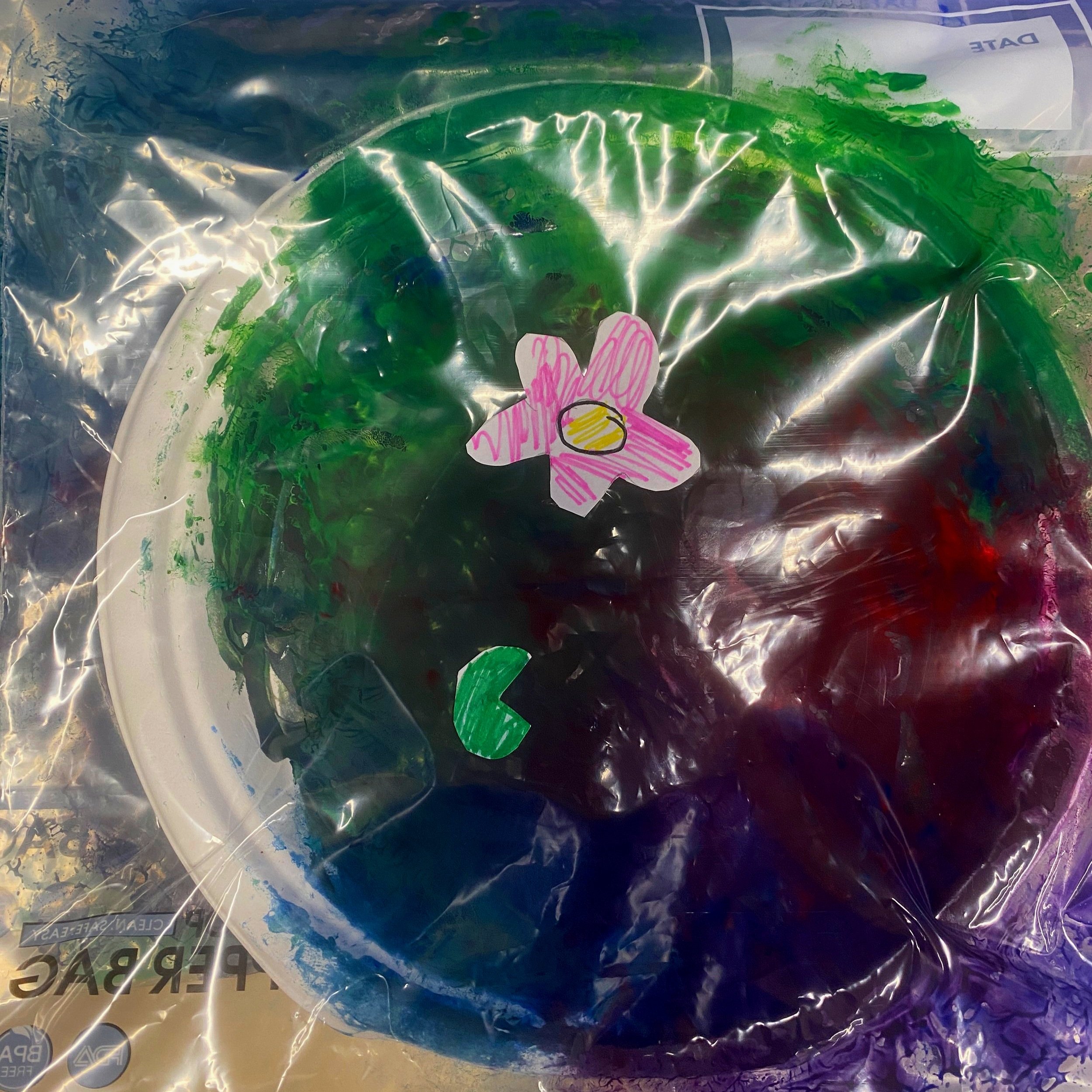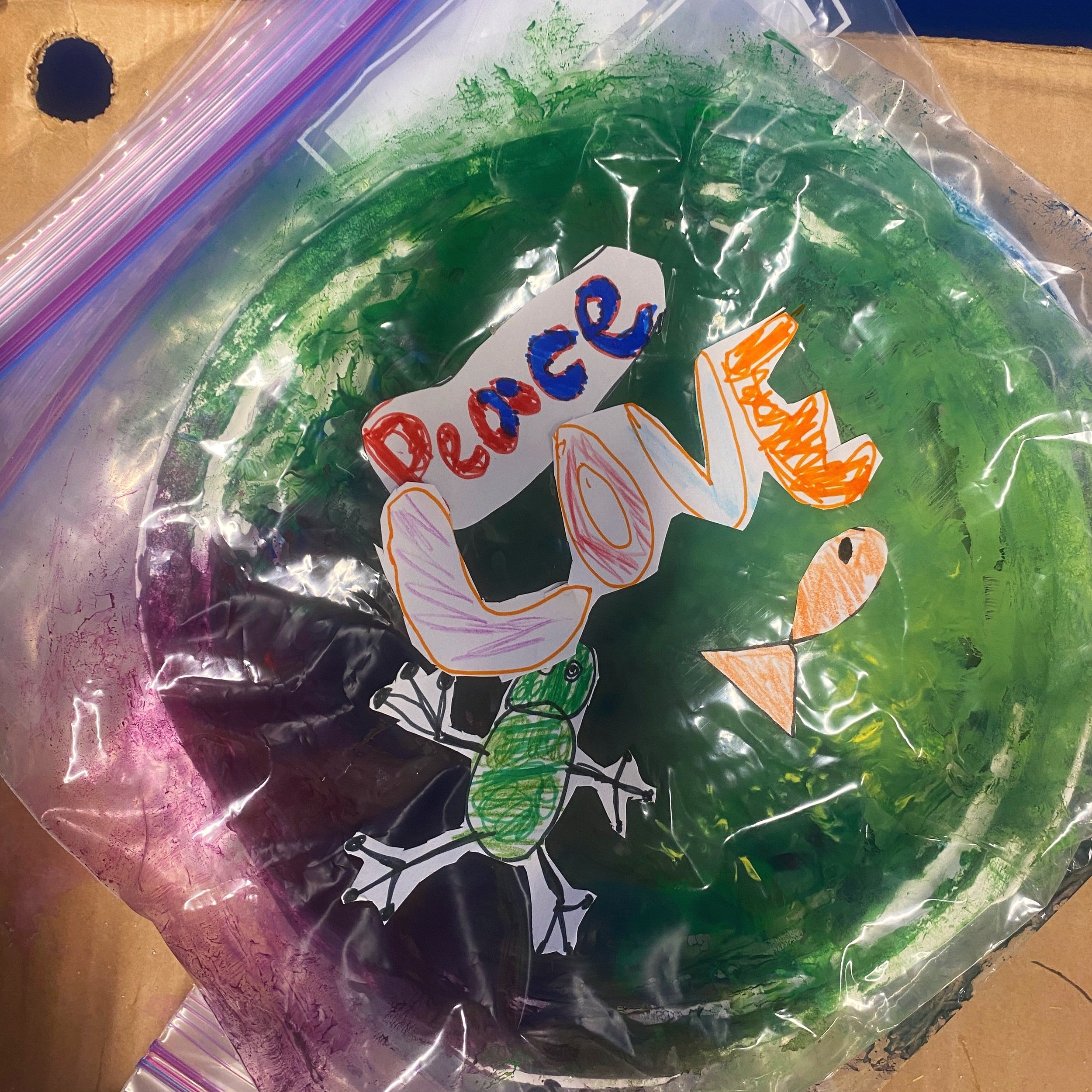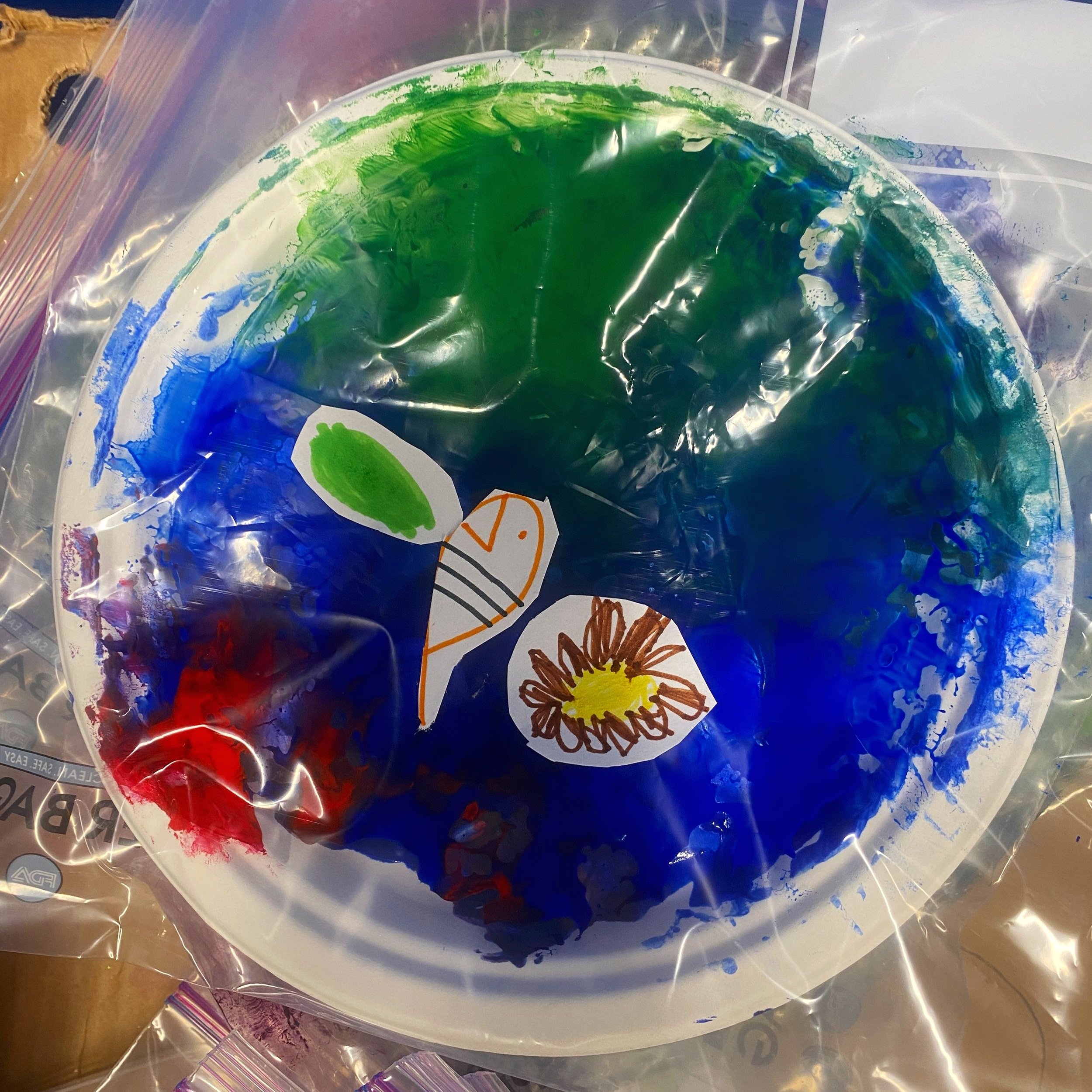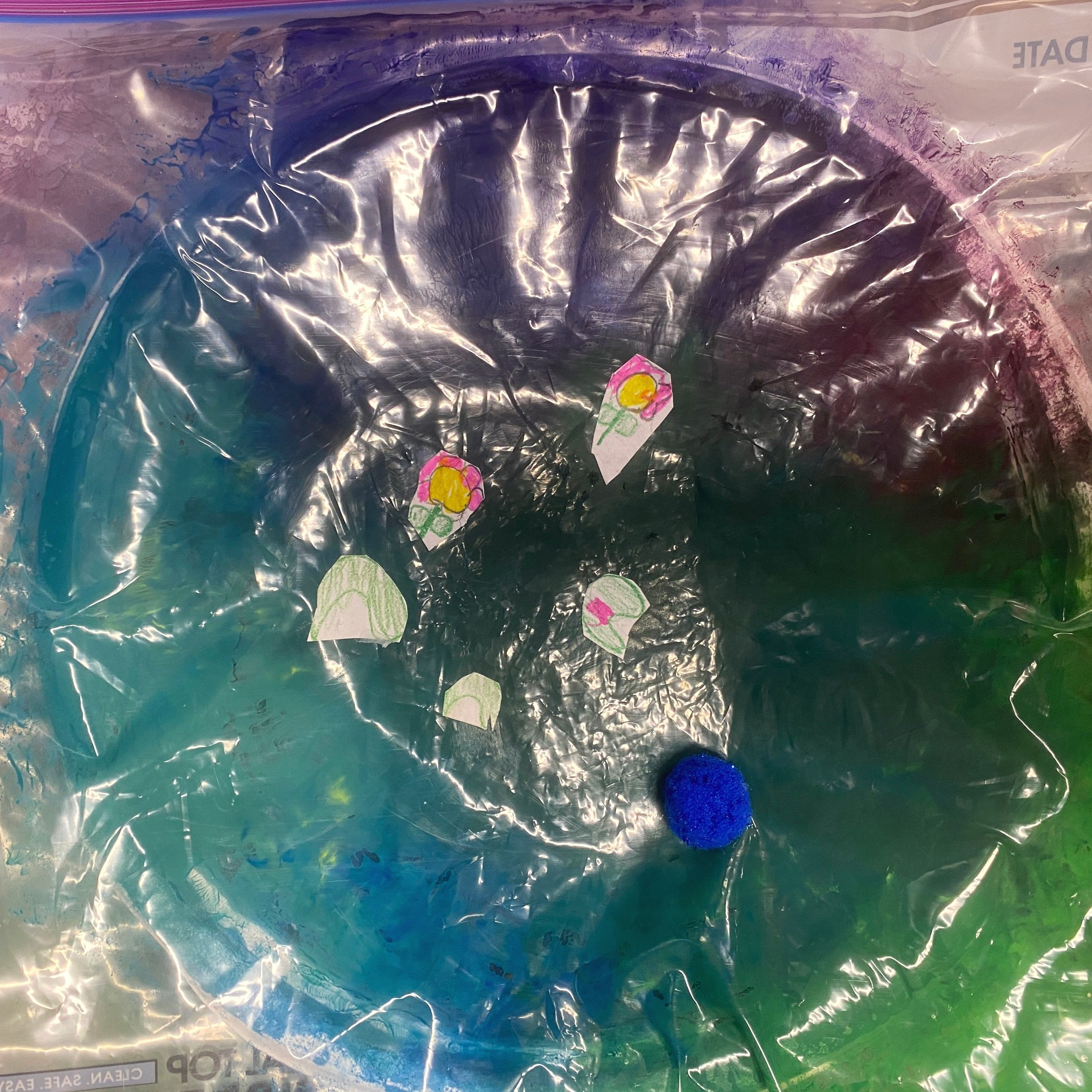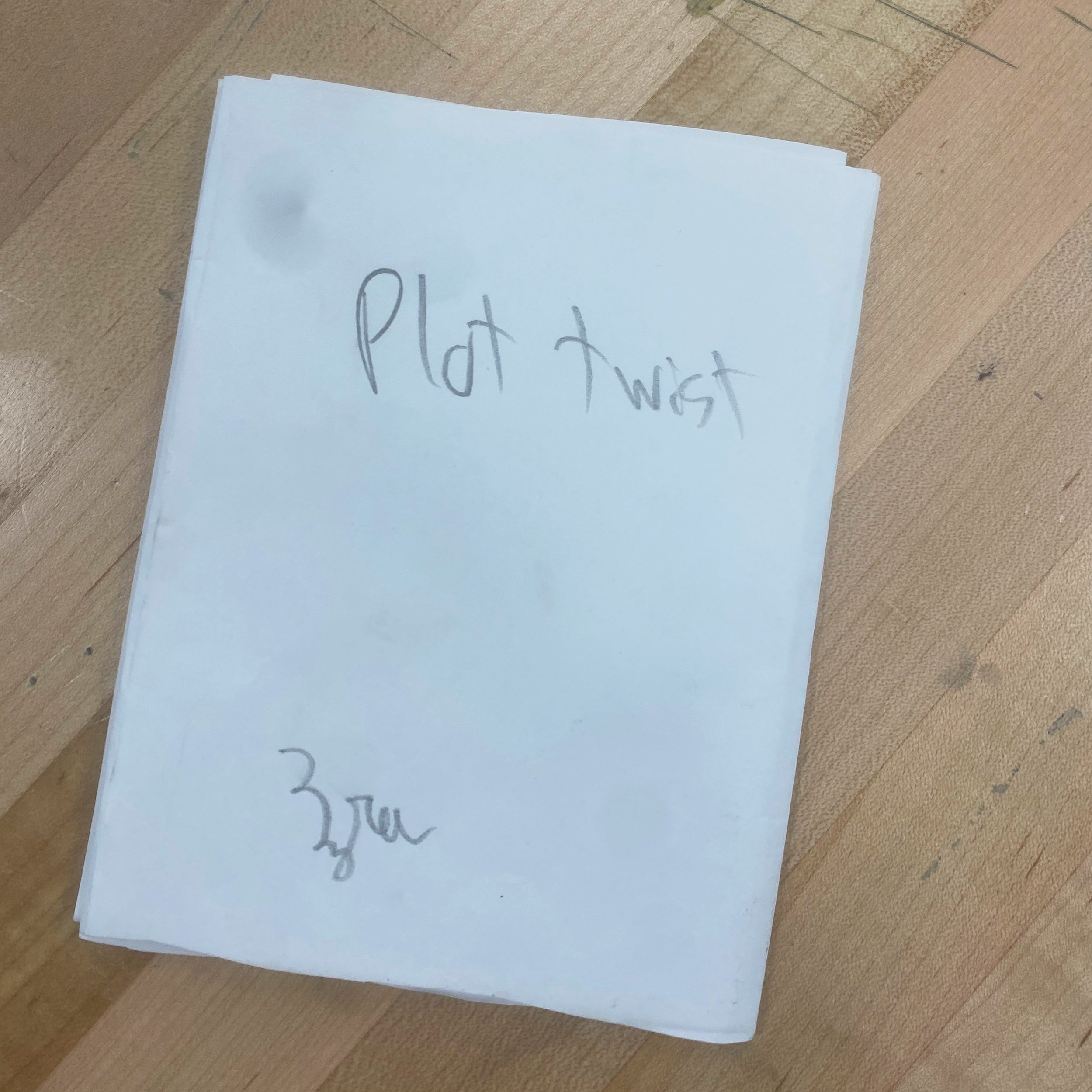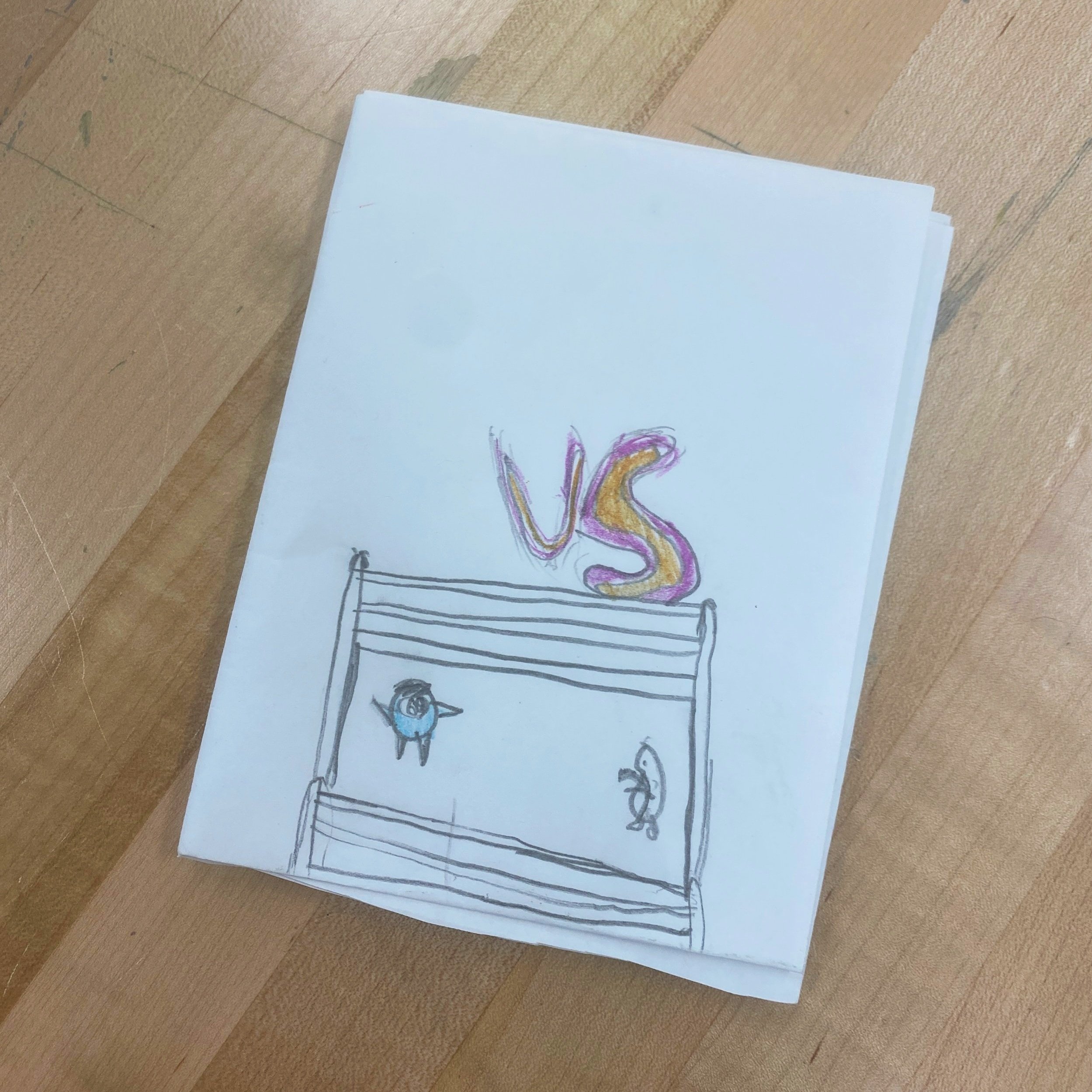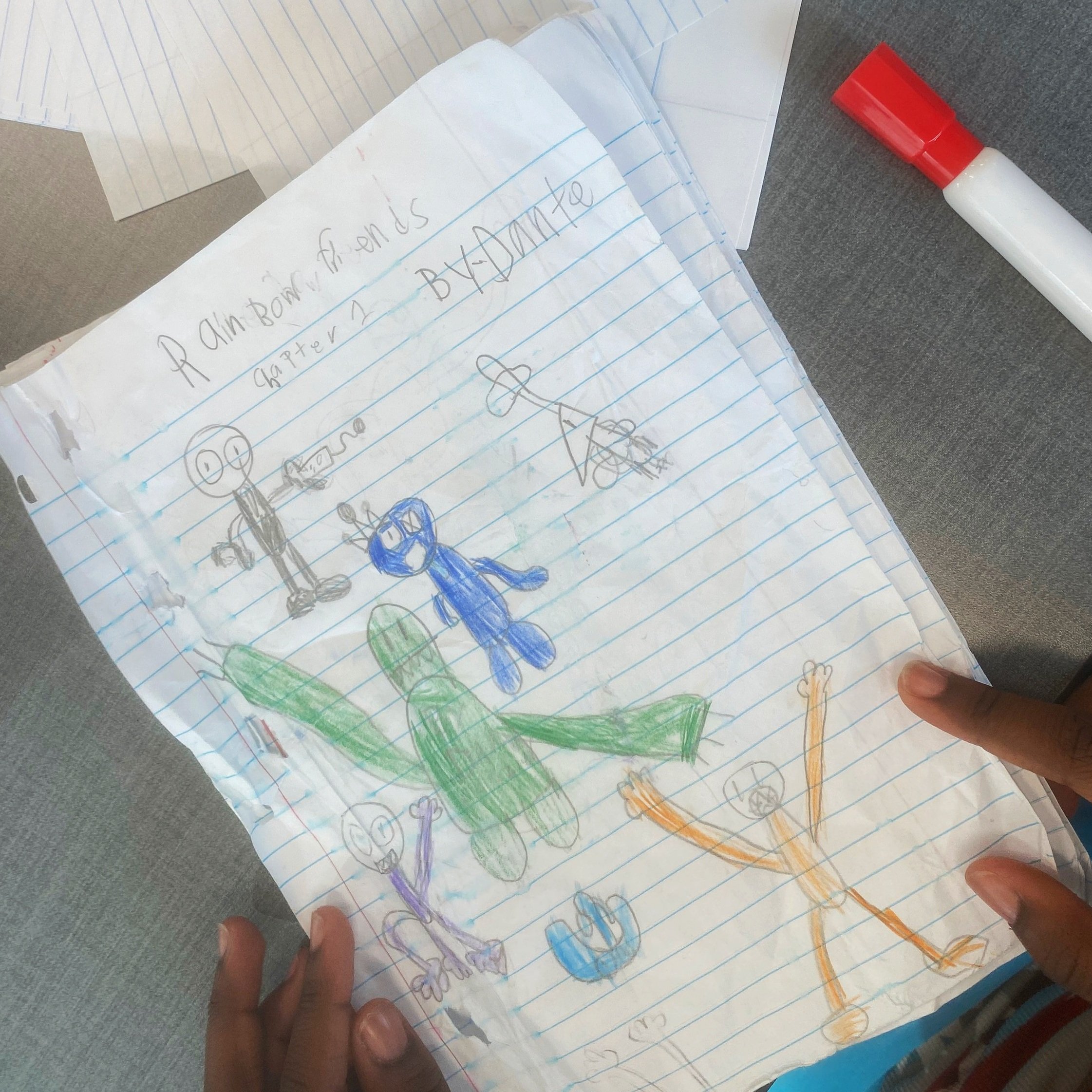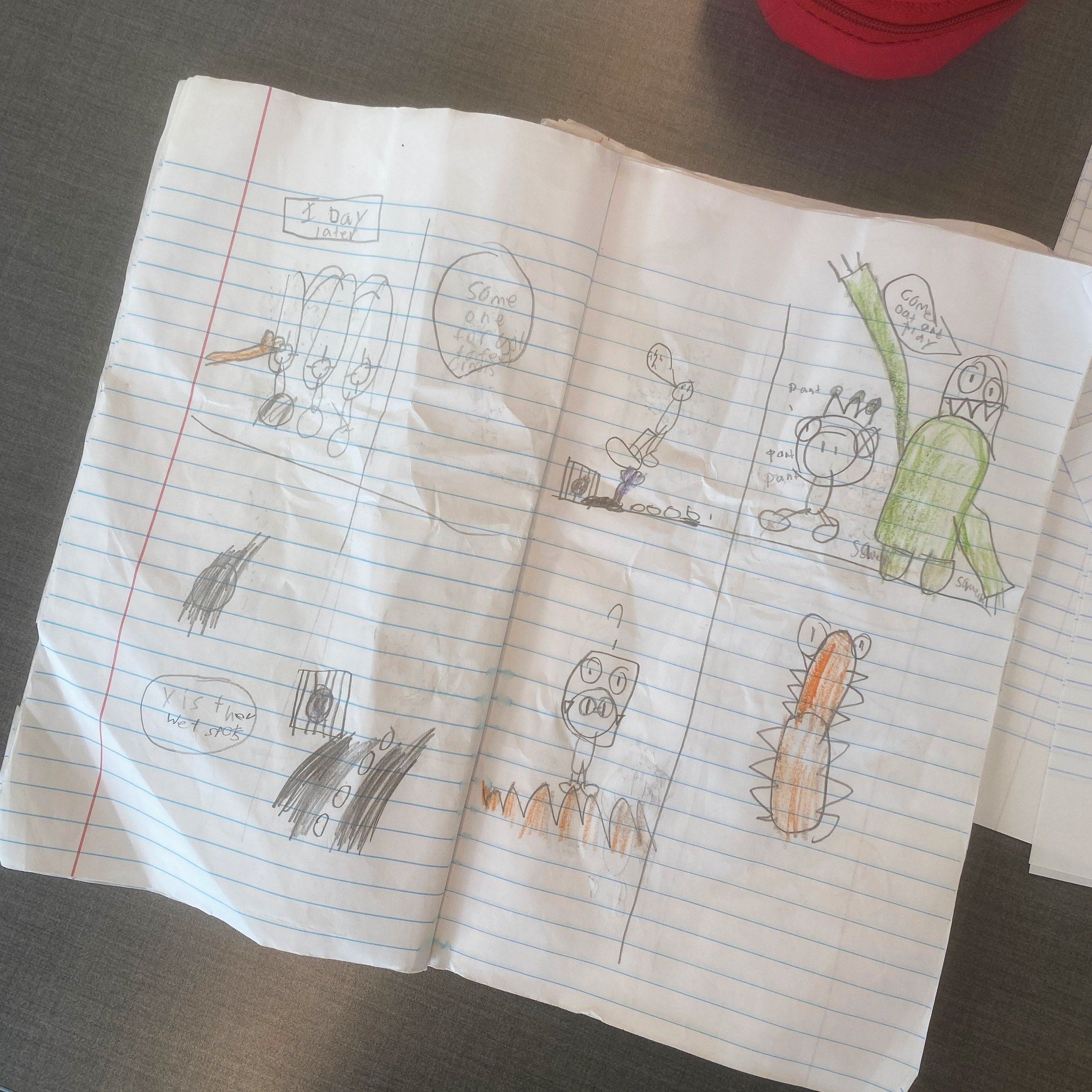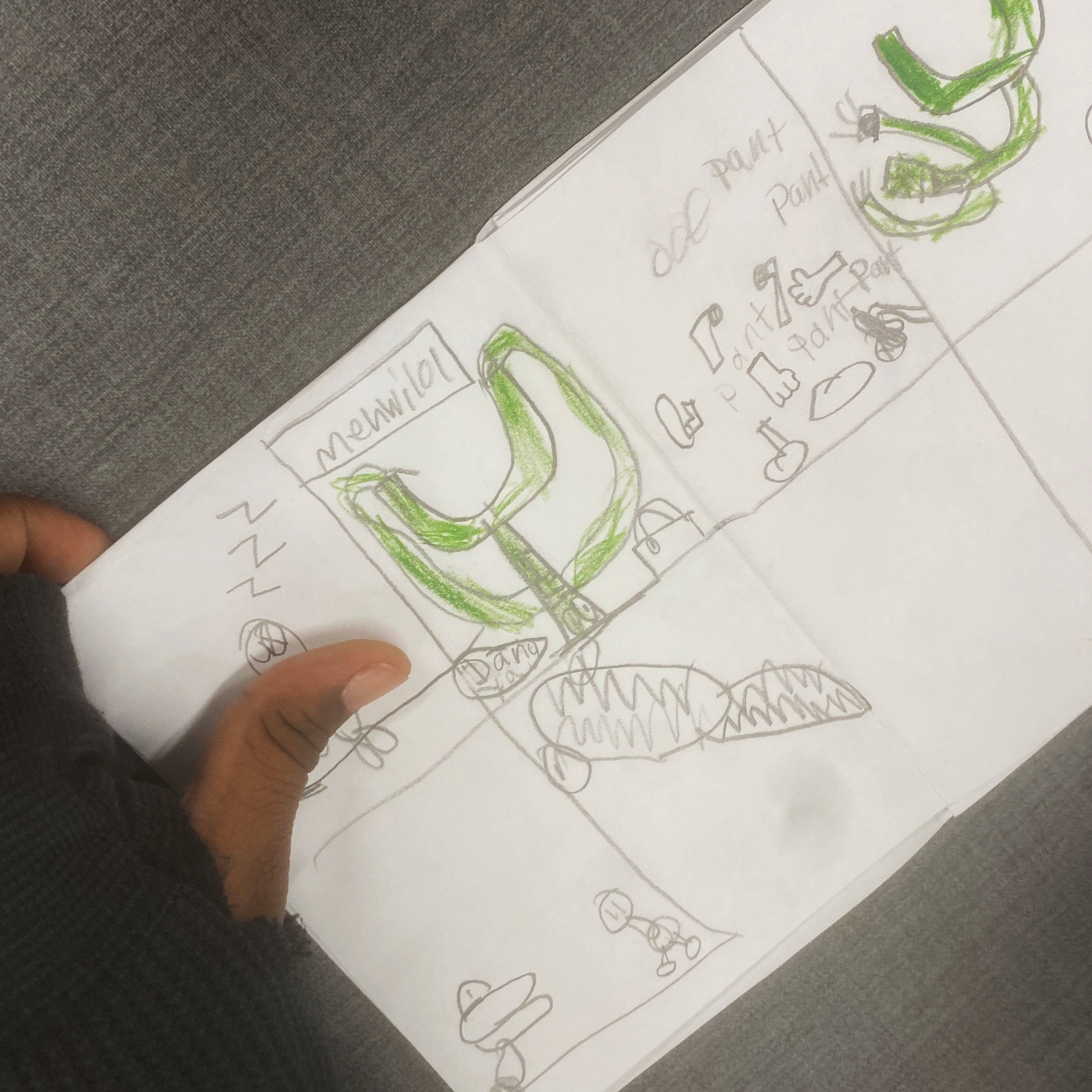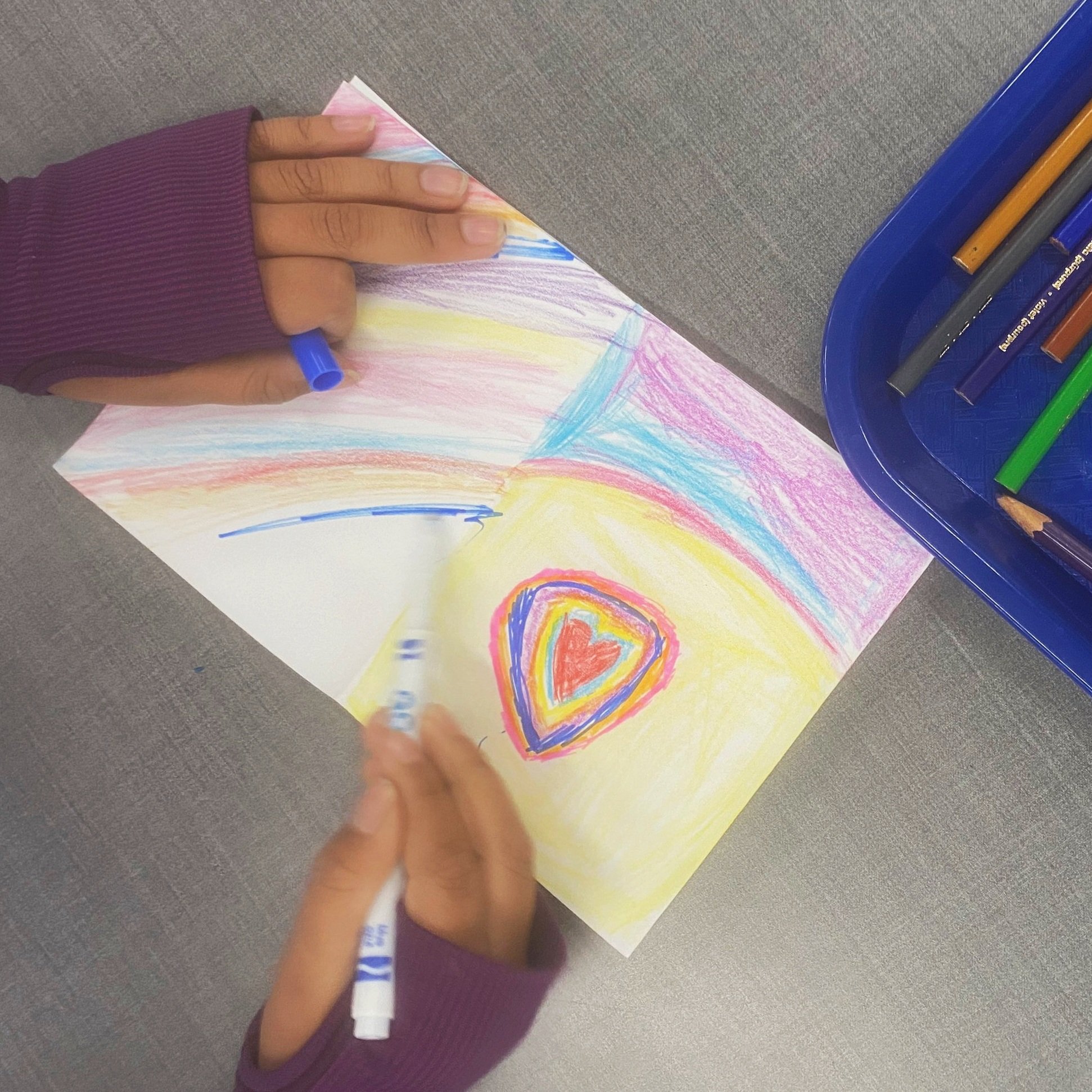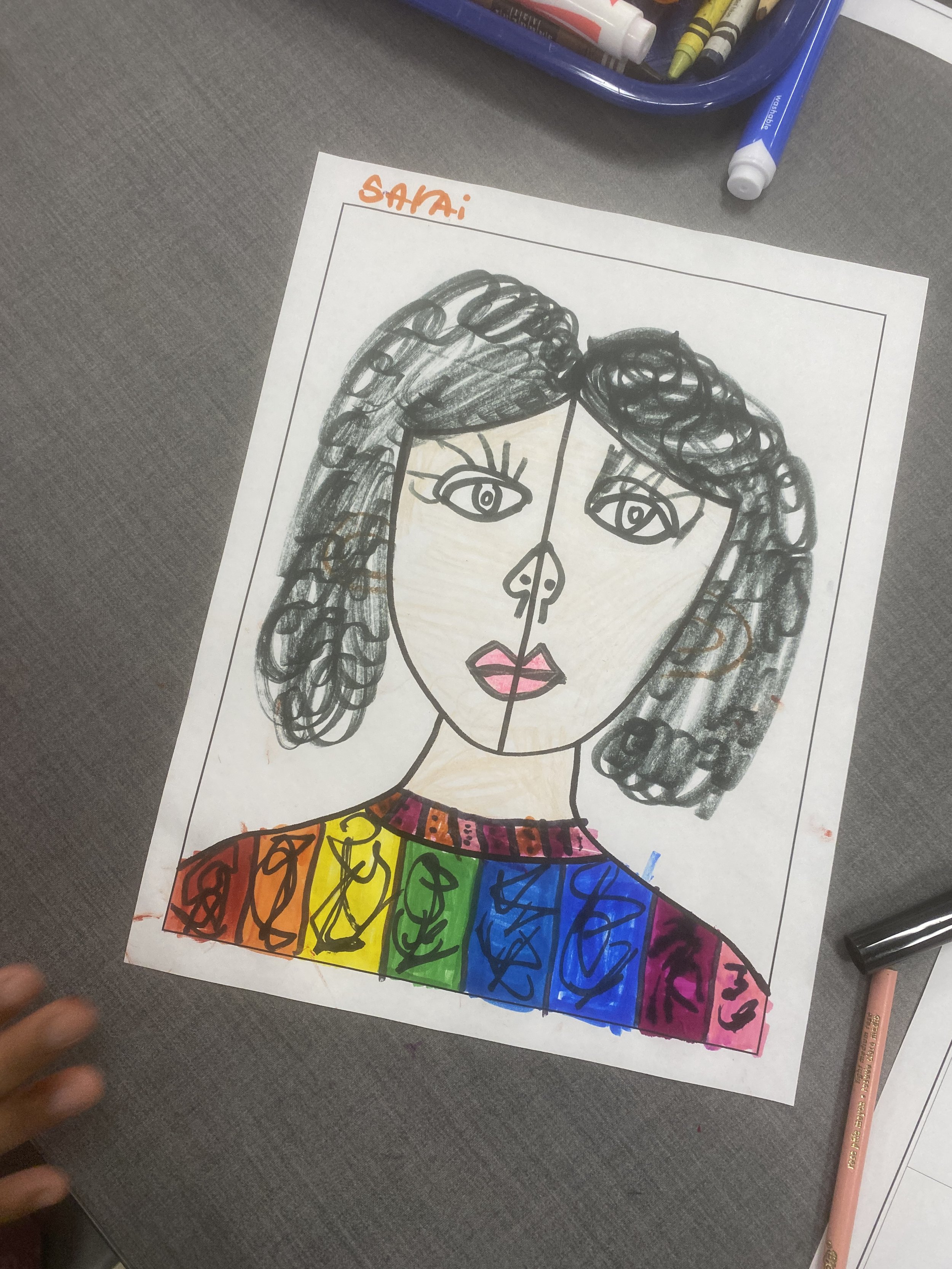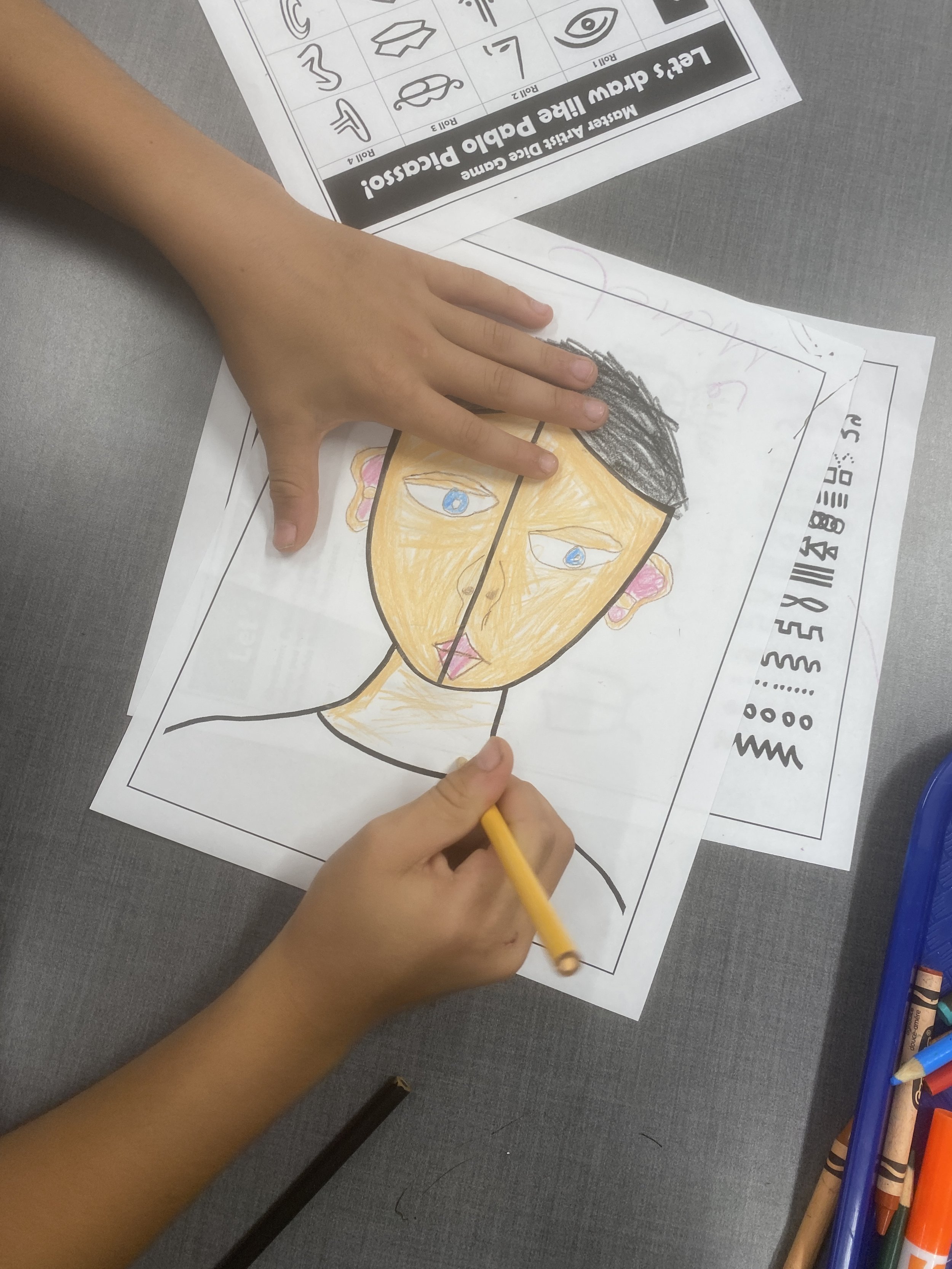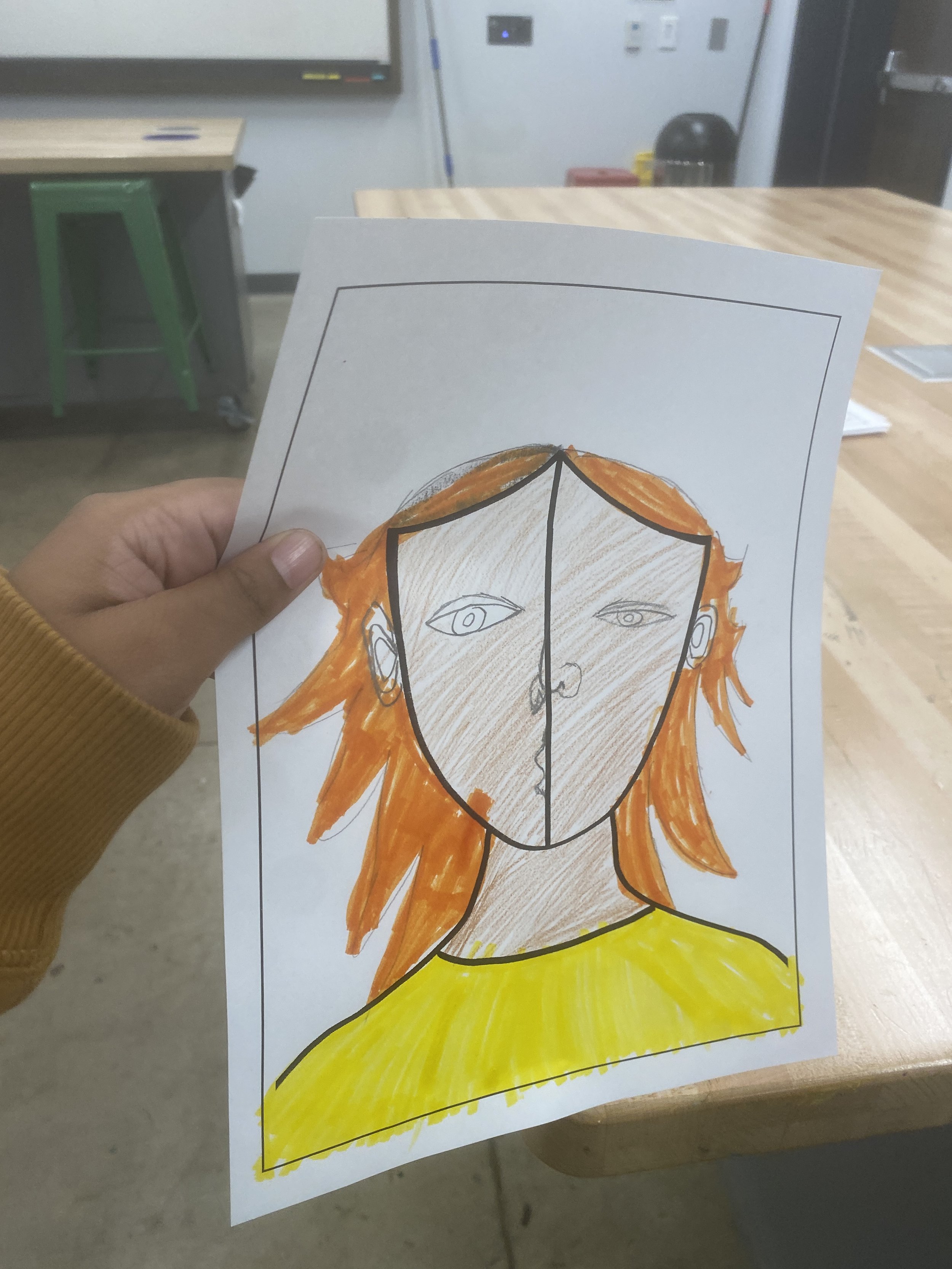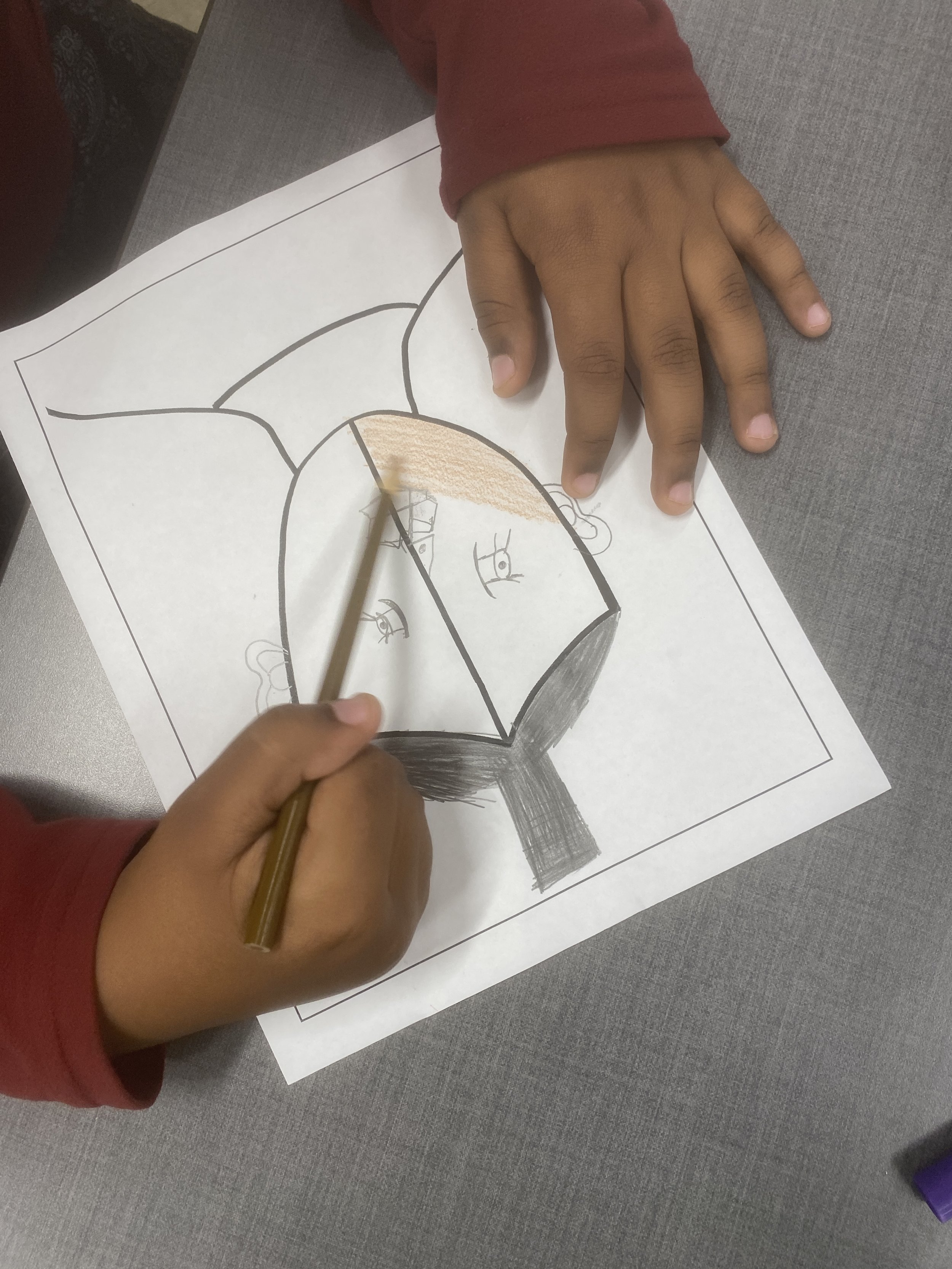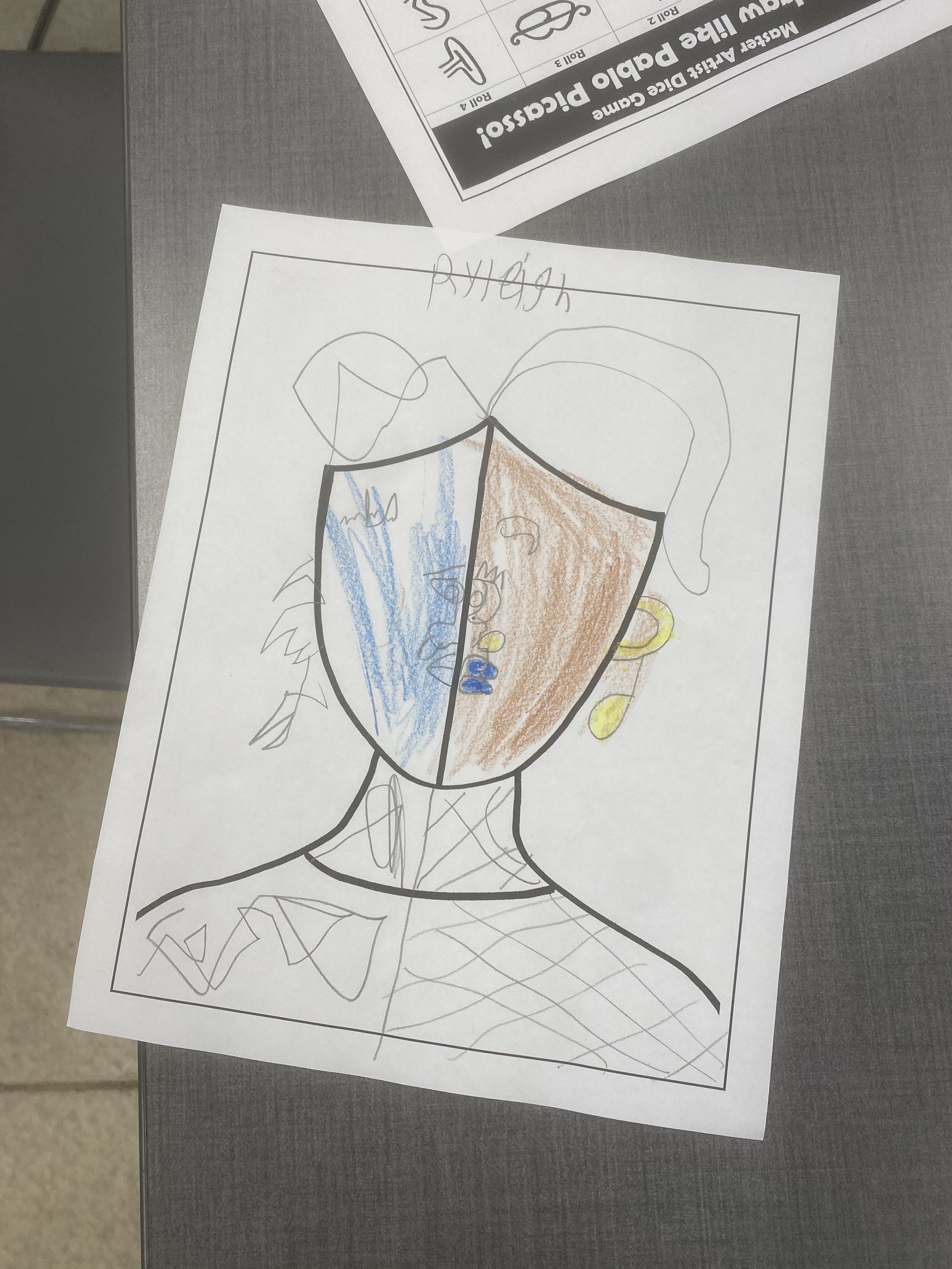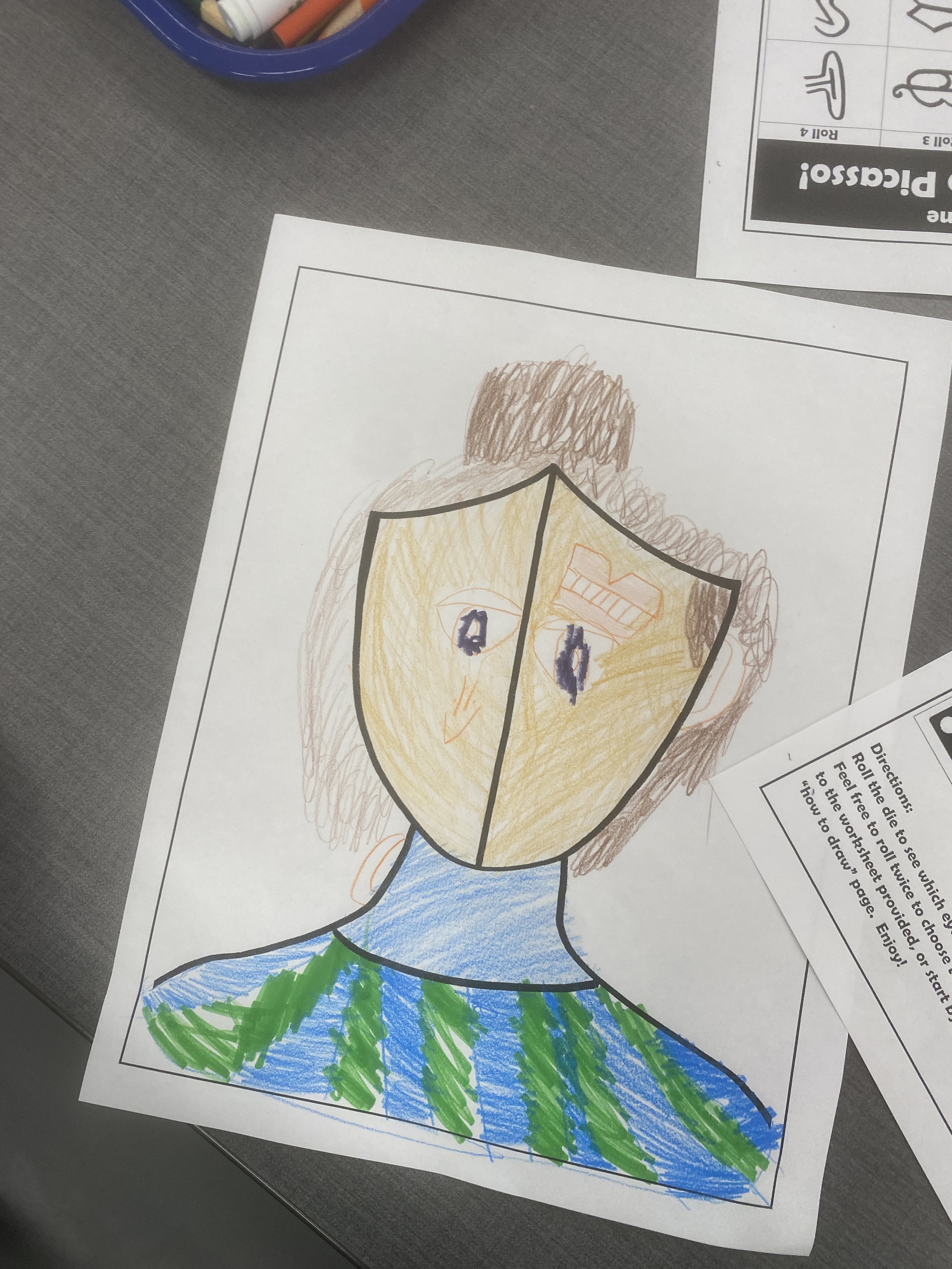Let’s Learn About Artist:
YAYOI KUSAMA
By the end of this lesson, students will gain an understanding of the life and artistic style of Japanese female artist Yayoi Kusama, focusing on her use of patterns and colors. Through a hands-on activity, students will decorate pumpkin drawing with colored-dot stickers, learning about color composition and pattern making inspired by Kusama's work.
Materials
Pumpkin drawings
Dot stickers in various colors
Markers or colored pencils
Lesson Outline
Introduction (10minutes):
1. Introduce Yayoi Kusama as a renowned Japanese female artist known for her unique art style characterized by repetitive patterns and vibrant colors.
2. Provide a brief overview of Kusama's life, including her struggles with mental health and her journey as an artist.
3. Show examples of Kusama's artworks, focusing on her pumpkin-themed pieces and the use of dots and patterns.
Biography and Artistic Journey (10 minutes):
1. Discuss Kusama's artistic characteristics, including her fascination with repetition, infinity, and the concept of "obliteration" through dots.
2. Explore Kusama's use of vibrant colors and how she creates dynamic compositions through the repetition of patterns.
3. Highlight the significance of pumpkins in Kusama's work as symbols of fertility, growth, and the cycle of life.
Hands-On Activity (30 minutes): Pumpkin Decoration.
1. Provide each student with pumpkin drawing.
2. Instruct students to decorate their pumpkin drawing using dot stickers in various colors, inspired by Kusama's use of repetitive patterns.
3. Encourage students to experiment with different color combinations and placement of dots to create visually interesting compositions.
4. Allow students to outline their pumpkin drawing with markers or colored pencils to enhance the contrast with the dot stickers.
5. Once completed, students can share their decorated pumpkins with the class and discuss their creative process.
Sharing and Appreciation (10 minutes):
1. Lead a group discussion on the students' experiences with the activity, focusing on their color choices, pattern making, and the influence of Yayoi Kusama's art.
2. Encourage students to reflect on how they incorporated Kusama's artistic characteristics into their own artwork and what they learned about color composition and pattern making.
3. Discuss the significance of pumpkins as symbols in art and culture, drawing connections to Kusama's thematic motifs.
4. Summarize key points about Yayoi Kusama's art and her influence on contemporary art.
5. Emphasize the importance of experimentation, creativity, and self-expression in art.
Assessment:
I found the pumpkin decoration activity to be an enriching and engaging experience for my students. The activity not only allowed them to express their creativity but also provided an opportunity for them to learn about the art of Yayoi Kusama and experiment with color composition and pattern making.
One special moment during the activity occurred when a student with ADHD enthusiastically engaged with the task. This student, who often struggled to focus for extended periods, was captivated by the process of decorating their pumpkin drawing with dot stickers. As they meticulously placed each sticker, their focus and attention seemed to sharpen, and they became fully immersed in the creative process.
What struck me most about this moment was the sense of calm and concentration that washed over the student. Despite the distractions that typically hindered their ability to stay on task, they found solace in the repetitive and tactile nature of the activity. It was heartening to witness how art provided a therapeutic outlet for this student, allowing them to channel their energy into a productive and fulfilling endeavor.
Moreover, the pumpkin decoration activity served as a reminder of the transformative power of art in fostering inclusivity and supporting students with diverse learning needs. By providing a hands-on and sensory-rich experience, I was able to create an environment where all students, regardless of their abilities, could participate and thrive.
Overall, the pumpkin decoration activity was not only a memorable artistic experience for my students but also a testament to the profound impact that art can have on individuals' well-being and sense of belonging. It reaffirmed my commitment to creating an inclusive and supportive learning environment where every student has the opportunity to shine.
Students’ Works

